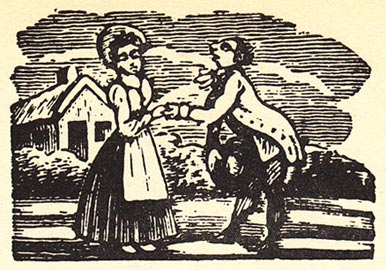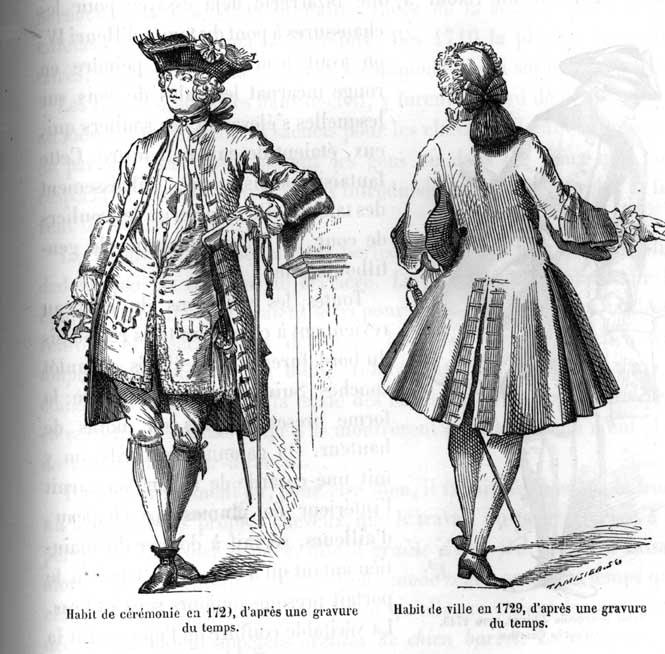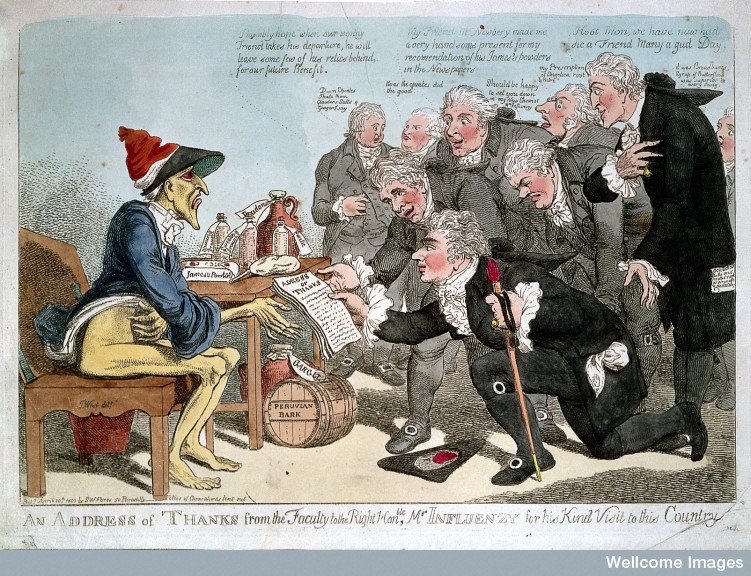A guest blog for Wivenhoe’s History about a sailor who drowned in the River Colne in 1850. But all was not as it seemed.
(A shorter version of this text was published in Fortean Times a couple of years ago).
A guest blog for Wivenhoe’s History about a sailor who drowned in the River Colne in 1850. But all was not as it seemed.
(A shorter version of this text was published in Fortean Times a couple of years ago).
 Nearly 250 marriages for Halstead St Andrew now transcribed, from 1837 to 1844.
Nearly 250 marriages for Halstead St Andrew now transcribed, from 1837 to 1844.

If you’re from north-east Essex, and perhaps if you’re from south-east Suffolk, you cannot avoid John Constable. My grandma had a print of The Haywain above her television, and we had Constable table mats. I grew up eating my Sunday roast while gazing down around the edge of the plate at what I could see of the horse outside Flatford mill, and the boat-builders along the river. If you go for a row at Dedham, you round a bend, and you’re suddenly in one of his paintings.
In 1804, John Constable painted a portrait of the Bridges family, who lived in Lawford. Pater familias George was a banker and a corn merchant, and Lawford Place was built by him in about 1790.[1]If the house was built then, where did the family live when their eldest child was born in Lawford in 1788? Was the house perhaps built earlier than 1790? It’s a famous painting (although didn’t feature in our table mat set), and I became curious about it while transcribing Lawford’s parish register, covering 1764-1812. Were the sitters in the register?
Footnotes
| ↑1 | If the house was built then, where did the family live when their eldest child was born in Lawford in 1788? Was the house perhaps built earlier than 1790? |
|---|
Over 700 baptisms for Lawford, Essex, now added, covering 1764-1812. This means there’s now nearly 3,000 baptisms on this site for Lawford, from 1588 to 1837.
Burials for the same period, 1764-1812, to follow.
Recently, someone asked me if it’s possible to still visit the site of Rowhedge’s (East Donyland) old church of St Lawrence – the one that was demolished once the new “pepper pot” had been built in Rowhedge in the 1830s.
I have to say, I’m not sure, and I wasn’t even sure where the old church used to be. I grew up in Wivenhoe, but alas, the river was in the way when it came to visiting Rowhedge. In my grandparents’ time there was a ferry, which made the journey simple. Now it only runs in the summer.
So I went to the National Library of Scotland website to look at their historic maps, and this map from 1881 (from a survey made in 1874) shows the site of the old church in the bottom middle, just north of East Donyland Hall.
The position of the old church isn’t a surprise – churches were often placed beside the house where the lord of the manor resided, purely for his family’s convenience. Even if it wasn’t very convenient for anyone else! You can see why they built a new church in Rowhedge as that settlement developed. Looking at the occupations in the baptism registers from 1813, it’s clear to see that most people in the parish were sailors: yachtsmen or fishermen (sometimes both), with the number of agricultural labourers dwindling. In other words, more people lived by the river, and the old church’s position just wasn’t much good anymore.

Nearly 2,500 baptisms and nearly 2,000 burials for St Andrew’s church, Halstead, now added – from 1813-1844.

While transcribing the marriages for Kirby-le-Soken, I found a surprising note left in the margin by the vicar:
5th wife! Buried 20th March 1831.
This was the marriage of George Butler, a widower, to Mary Ann Norgate, a widow from Walton, on 23rd October 1828.
Needless to say, I found this intriguing, and decided to find out more.
Let me take you back to 1771, when Joseph and Sarah Butler baptised their son George in Thorpe-le-Soken. Aged 23, on 26 August 1794, George married Wife #1 in Little Clacton – a woman called Elizabeth Webb. Unfortunately there are no marital statuses in the register, but we do know that both of them were Little Clacton residents. On 31st May 1795, they baptised their child James. Elizabeth Butler was buried at Little Clacton on 11th January 1802, aged 25.
Almost eight years later, on 18th April 1802, George was strutting down the aisle of Little Clacton St James, to marry his second wife, a spinster called Elizabeth Lucas. At least, with both wives having the same first name, he couldn’t cause a drama if he accidentally called Wife #2 by Wife #1’s name. Evidently quite taken by the name Elizabeth, the couple’s daughter by that name was baptised on 6th April 1803. Susan, their second daughter, was baptised in 1822 just before her confirmation, but she had been born in 1805. Mary, a third daughter, was baptised on 11th June 1807.
Sadly for George, his second wife died at the age of 29, and was buried in Little Clacton on 16th July 1807. So, on 26th January 1809, less than seven years after his last wedding, George stood at the altar rails of St James once again, taking another spinster, Sarah Taylor, to be his lawfully wedded wife.
His third marriage was short-lived[1]The burial in Thorpe-le-Soken for a Sarah Butler in October 1809 may well be that of George’s third wife. as he was married for the fourth time on 10th December 1810. Now a resident of Kirby-le-Soken, George married a widow called Frances Maldon. Their son Thomas was baptised on 19th January 1812. Frances was buried at Kirby-le-Soken on 12th October 1827, aged 57. At seventeen years, this was George’s longest marriage.
Then came his fifth marriage in 1828, to Mary Ann, when George was 57 – thirty-four years after his first. They don’t appear to have had any children, and on the 1841 census, it’s possibly “George Buttler” who appears as our serial groom in the Little Clacton household of a farmer called Maria Sanson, as a male servant. Having lost his fifth wife in 1831, only three years after their marriage, George evidently didn’t chance his luck a sixth time. Mary Ann was 39 when she was buried in Kirby-le-Soken on 20th March 1831.
Twenty years after his fifth and final marriage, on 19th January 1848, George Butler, a man who clearly liked a wedding but sadly lost five wives, was buried at Little Clacton, where his matrimonial adventures had begun.
26 Aug 1794 Little Clacton
George Butler otp & Elizabeth Webb otp (marital statuses not given)
18 Apr 1802 Little Clacton
George Butler, widower, otp & Elizabeth Lucas, spinster, otp
26 Jan 1809 Little Clacton
George Butler, widower, otp & Sarah Taylor, sw, otp
10 Dec 1810 Kirby-le-Soken
George Butler, widower & Frances Maldon, widow
23 October 1828 Kirby-le-Soken
George Butler, widower, otp, & Mary Ann Norgate, widow, of Walton
Footnotes
| ↑1 | The burial in Thorpe-le-Soken for a Sarah Butler in October 1809 may well be that of George’s third wife. |
|---|

Hello all,
Another update to day.
Nearly 400 marriages from Lawford‘s earliest register, from 1560-1753.
A few burials for Manningtree Wesleyan Methodist chapel – that’s seventeen from 1823-1837.
And three wills added, for John Constable of Little Bromley (1701), John Constable of Wix (1720), and Hugh Josselyn of Mount Bures (1809). The John Constable who died in 1701 was an ancestor of the well-known artist of the same name. Josselyn’s will mentions two daughters he had by his wife, and, because he was a Georgian gent, no less than nine “natural” children he had by his housekeeper.

I’m finishing off the transcription of Brightlingsea‘s burials, in a register covering 1765-1812. It’s not a very interesting register, and is frustrating for genealogists because it rarely gives any information other than a name and the date of burial. There’s hardly any ages, and very rarely does it give the deceased’s relationship, so no “son of” or “wife of” as we often see. Although there are some occupations given – as this is Brightlingsea, it’s no surprise that there’s some dredgers among the dead.
Each year, there were between 20 to 40 burials in Brightlingsea:
1800: 21 burials
1801: 38 burials
1802: 38 burials
Then, in 1803, the number of burials leapt, more than doubling to 86 in just one year.
There was an influenza epidemic in 1803, and the spike in deaths that we see in the register is likely to have been caused by it. Looking at the burials by month, comparing those of the three years before, gives us an idea of when the epidemic was at its worst.

I’ve finished transcribing the earlier parish register (1558-1764) for Lawford in north-east Essex. It’s right by the Suffolk border, so you might find some ancestors wandering across.
I’ll be adding the transcriptions to this site over the next few days. Baptisms 1558-1764 – that’s over 1,500 in total – have been added. Look out for burials and marriages – which includes the marriage of Princess Diana’s 10 x great-grandparents.
I’m currently finishing off Brightlingsea‘s pre-1812 burials, so they’ll be going online next, followed by Manningtree‘s Methodist records.
Then I’ll return to Lawford, and transcribe the register covering baptisms and burials 1764-1812.
I have my eye on Langham’s earlier register at the moment, or will I do more Dedham records? We shall see what I transcribe next….